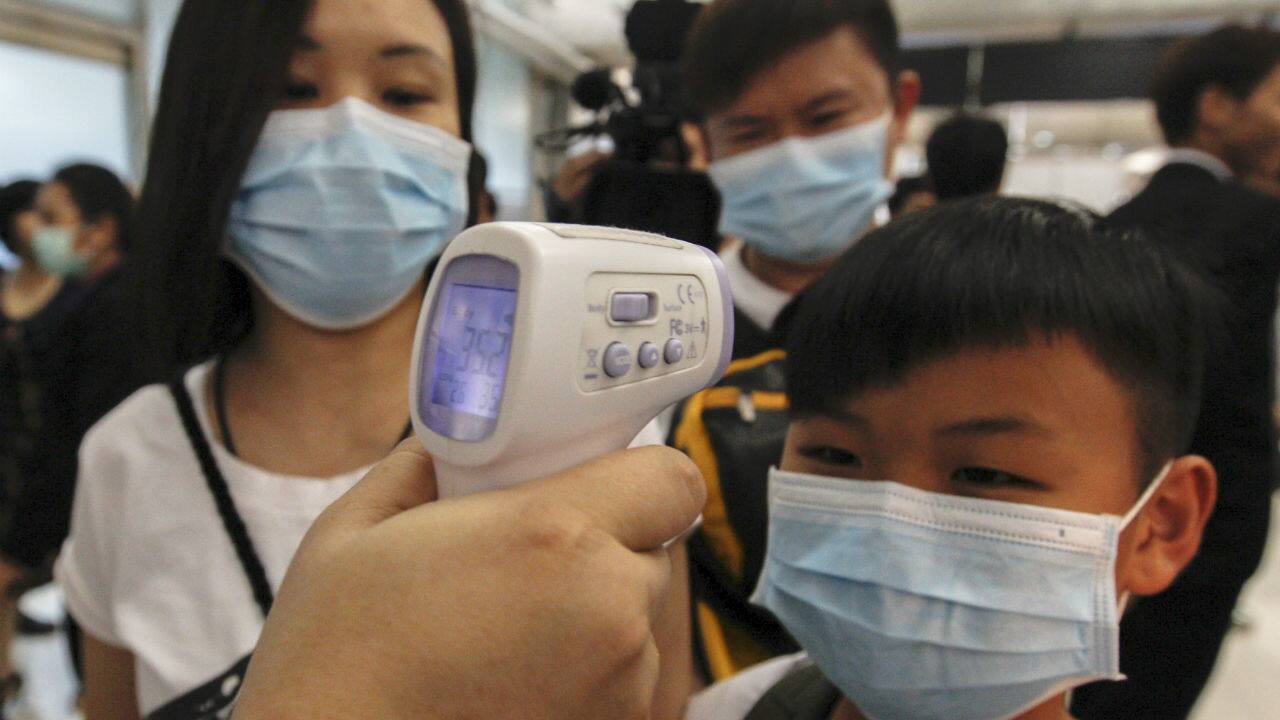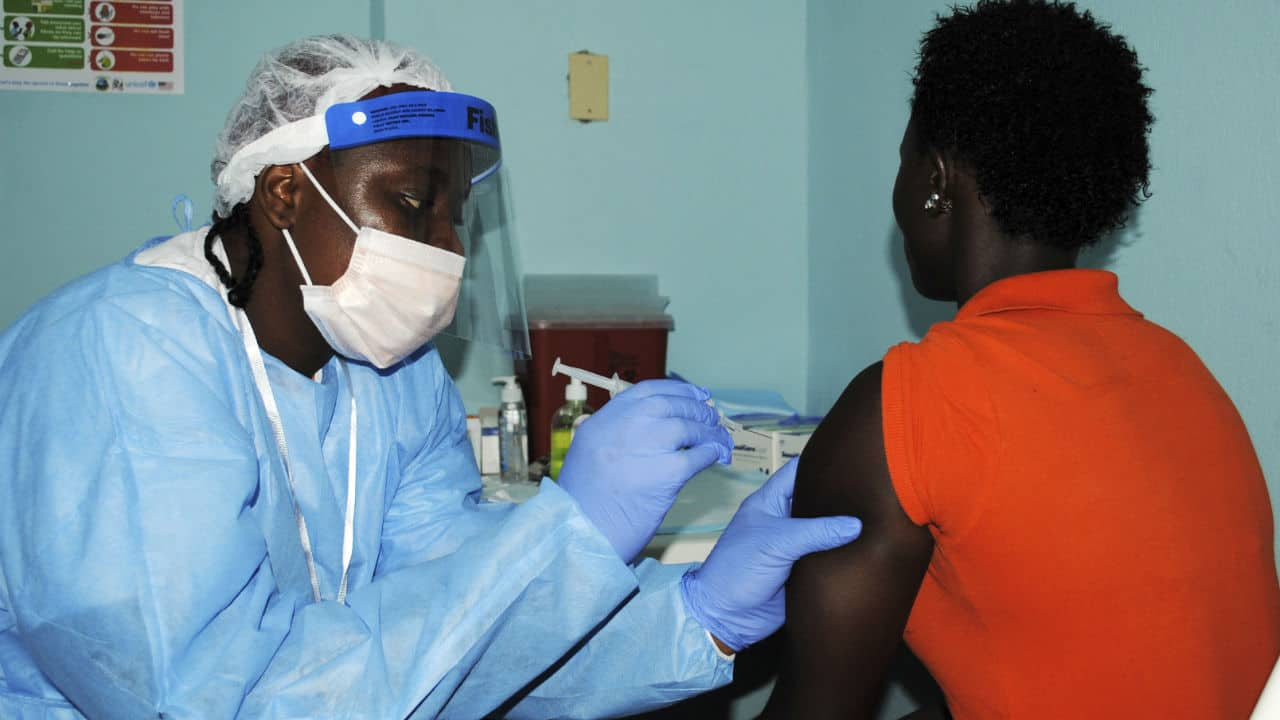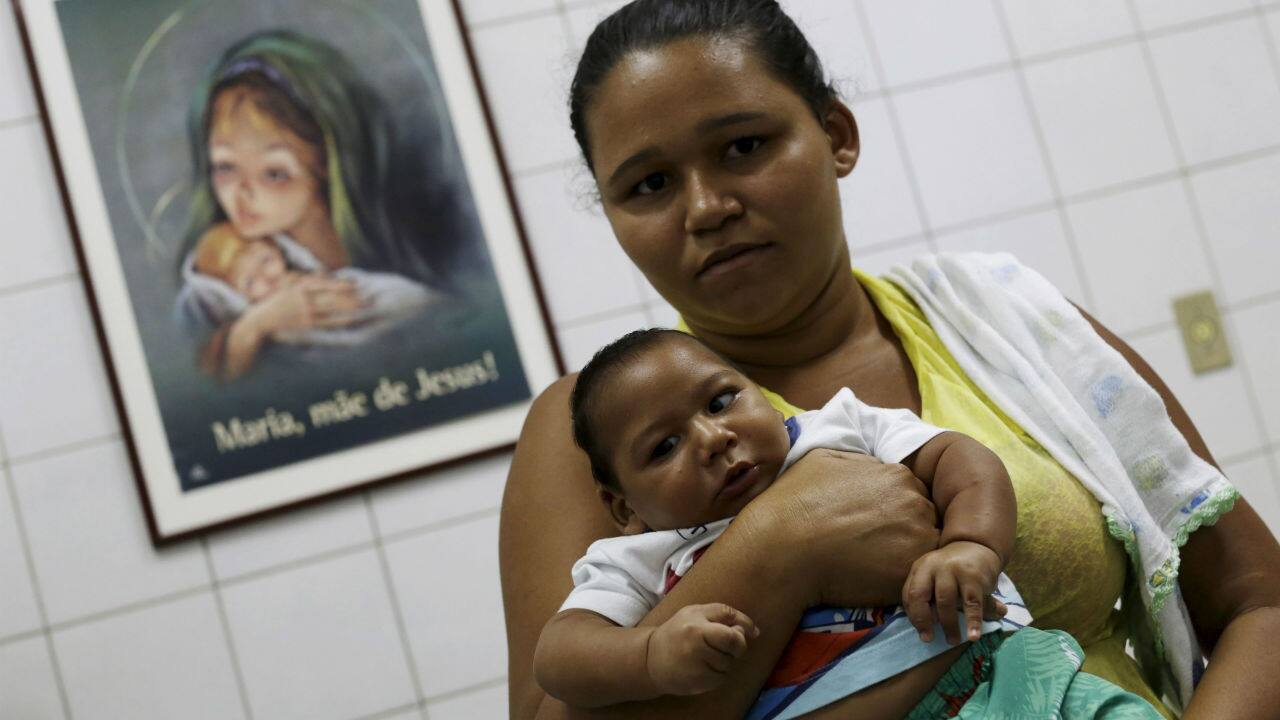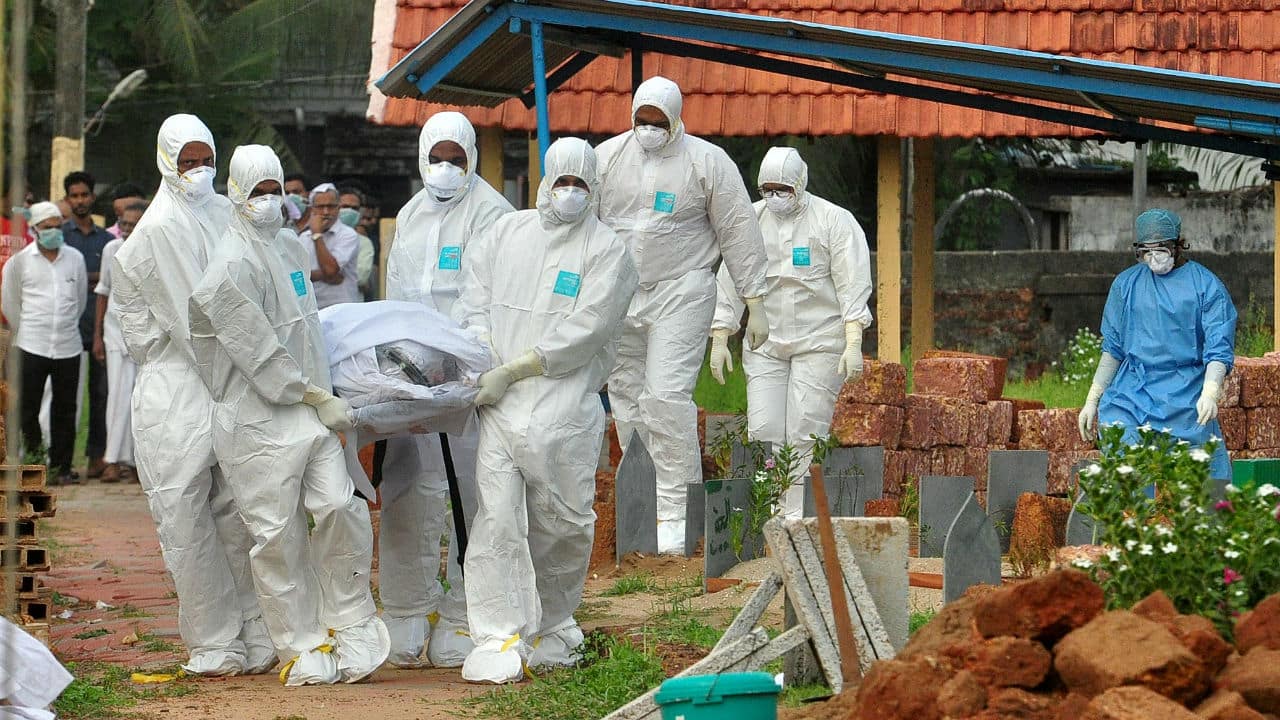Coronavirus outbreak: Ebola, Zika, Nipah and other viruses that caused hundreds of deaths
Here are the major recent outbreaks that have affected lives and economies.
1/6

The coronavirus outbreak in Wuhan, China has left hundreds ill and caused over 15 deaths since December 2019. The World Health Organization has postponed its decision on classifying the new virus as a global health emergency. The cases span 13 provinces in mainland China, Thailand, Japan, South Korea, the US, Taiwan and Macau. As of January 22, the number of reported deaths had risen to 17. Here's a look at rare viruses that have caused many deaths in the recent past. (Image: Reuters)
2/6

SARS outbreak of 2003 | The Severe Acute Respiratory Syndrome or SARS virus spread across 26 countries and over 8000 cases of infections were reported. The disease appeared in November 2002 in Guangdong province of southern China. Other countries in which chains of human-to-human transmission occurred included Canada, Hong Kong, Taiwan, Singapore and Vietnam. Symptoms of SARS are cough (initially dry), shortness of breath, and diarrhoea. Severe cases evolve rapidly, progressing to respiratory distress and patients require intensive care. (Image: Reuters)
3/6

MERS outbreak of 2015 | MERS stands for Middle East Respiratory Syndrome. The 2015 outbreak in South Korea was the largest outbreak outside of the Middle East. By the end of the outbreak, there were 186 laboratory-confirmed cases (185 in the Republic of Korea and 1 in China) and 38 deaths were confirmed. Symptoms include Fever with or without chills and stiffness, cough, shortness of breath, coughing up blood, sore throat, muscle pain, muscle soreness, vomiting, diarrhea, stomach ache. (Image: Reuters)
4/6

Ebola outbreak | Ebola virus was first described in 1976 near the Ebola River in what is now the Democratic Republic of Congo. Since then, the virus has emerged periodically and infected people in several African countries. The largest Ebola outbreak was first reported in March 2014 and declared an emergency by the World Health Organization (WHO). The epidemic spread to parts of Africa, Europe, and the US. The largest impacted countries were Guinea, Sierra Leone, and Liberia. Over the duration of this epidemic, there were 28,616 suspected, probable, and confirmed cases in the three countries and 11,310 deaths were reported. Primary signs of Ebola often include: Fever, aches and pains, such as severe headache, muscle and joint pain, and abdominal (stomach) pain, gastrointestinal symptoms including diarrhea and vomiting, unexplained hemorrhaging, bleeding or bruising. (Image: Reuters)
5/6

ZIKA outbreak of 2015 | An outbreak of ZIKA virus was reported in Brazil in 2015, which spread to over 50 countries at the time. Over 10,000 cases were reported in Rio de Janeiro alone. On February 1, 2016, the World Health Organization declared a outbreak a Public Health Emergency of International Concern, prompting a comprehensive response, including the development of surveillance networks, vector-control measures and risk communication strategies. (Image: Reuters)
6/6

Nipah outbreak | The virus was first recognised in 1999 during an outbreak among pig farmers in, Malaysia. It was recorded in Bangladesh in 2001 and nearly annual outbreaks have occurred in the country since. The Nipah outbreak in India claimed 19 lives. The outbreak was localized to two districts in Kerala -- Kozhikode and Malappuram. Nipah symptoms range from asymptomatic (no symptoms) to acute respiratory infection and fatal encephalitis, involving inflammation of the brain. Infected people initially develop symptoms, including fever, headaches, muscle pain, vomiting and sore throat. (Image: Reuters)
Discover the latest Business News, Budget 2025 News, Sensex, and Nifty updates. Obtain Personal Finance insights, tax queries, and expert opinions on Moneycontrol or download the Moneycontrol App to stay updated!






